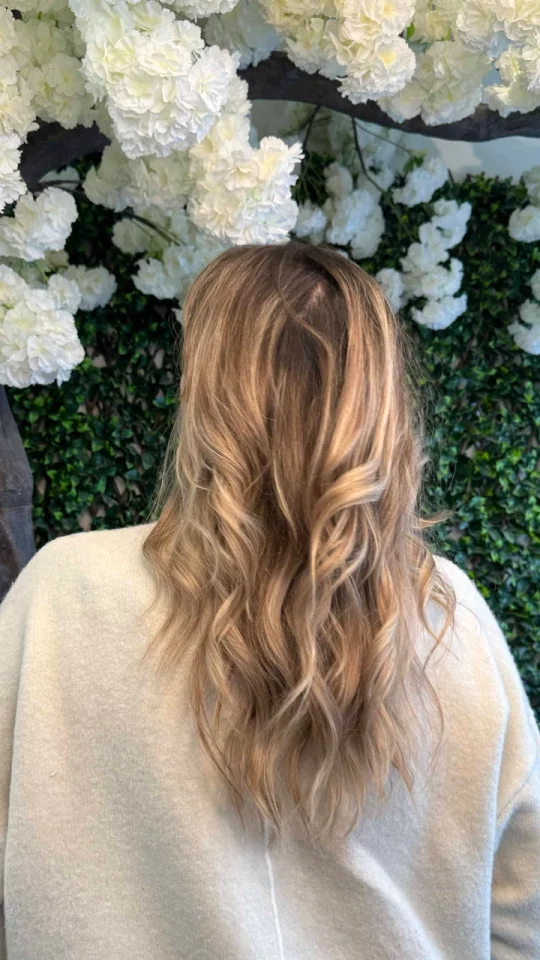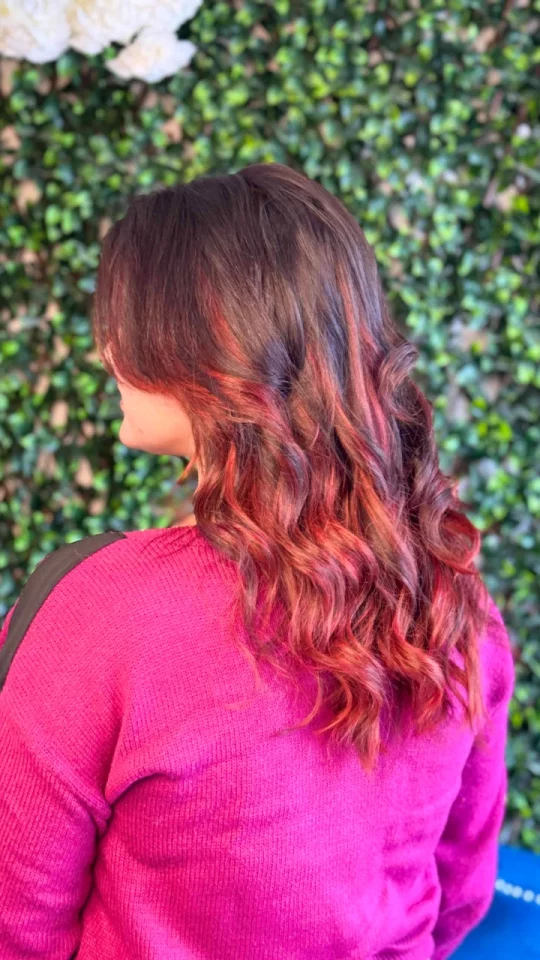Look your best and be glamorous
Salon Glamour is Etobicoke’s leading modern hair salon, specializing in stylish haircuts, colouring, treatments and more.
Explore our services
Cutting
Look and feel your best with a fresh haircut! Our highly-qualified stylists offer exceptional service. There is nowhere in Toronto where you can find a better haircut! We welcome all women and men to enjoy the Salon Glamour experience. Whether you have a special event or are looking to update your everyday look, we are here for you.
Colouring
Feel absolutely amazing as you walk out of our hair salon with your fresh new hair colour! We offer colour consultations, root touch-ups, rich highlights, balayage, Olaplex hair treatments and more. Our talented stylists are here to tackle all of your professional hair colouring needs, and we guarantee that you will leave feeling phenomenal.
Styling
Looking to freshen up your look? At Salon Glamour, our team of professionals is committed to providing you with fantastic service to make sure you go home happy. Our staff knows exactly what you are looking for in your next hairstyling appointment and are ready to pamper you. Visit us today and start your journey to a gorgeous new look!
What our customers say
Our vision of a contemporary modern woman, who wants to look elegant and sophisticated in every aspect, comes from our approach that is built through the first contact with the customer. This kind of profiling comes with experience created on the foundation of education and constant skills upgrading in the world of hair, fashion and cosmetology.









Mission Statement
Our goal is to ensure that each of our clients has an exceptionally satisfying experience from the moment they enter our hair salon until long after their appointment! Salon Glamour features European-trained stylists who are here to listen to your wants and needs and suggest innovative, beautiful ideas for haircuts, hairstyles, hair colour and treatments. Learn more about us and our wonderful team of stylists!
Dado, the Shapes Virutoso, has been in the hairstyling industry for over 25 years and specializes in haircuts and colouring. After training and owning a salon in Europe, he opened Salon Glamour in Toronto over 10 years ago. Dado attends the exclusive Salon Exhibition in London, England, each year to gain inspiration from other experts in the beauty industry. These include Toni & Guy, Vidal Sassoon, Partick Cameron, Mahagony, Tim Sorbie, and more. He has also attended Fashion Week in Paris and Milan. Dado has worked with many professional hair colour companies, including Schwarzkopf, Redken, Wella, and Goldwell.
Alex entered the world of hairdressing and instantly realized that his passion is hair. This was 17 years ago. Today, he still does it like the first day, with emthusiasm and curiosity. During his career he attended various seminars and training with Wella Professionals, L’oreal and Matrix.
When it comes to preference, he says there is nothing that he likes to do more or less. Every client is a new challenge and a new experience for him. From hair coloring, female and male haircuts, balayage techniques, to various hairstyles and hair styling, he does it all.
Shop our products
We carry only the best brands for your hair and offer them to you for afforable prices.
Wella Professionals
Professional Hair Products
Kevin.Murphy
Skin Care for Your Hair
Olaplex
Repair, Protect & Strengthen Hair
Marocanoil
Leader in Oil-infused Beauty
ColorMotion+
Improves colored hair quality in three areas
Invigo Color Brilliance
Instant color vibrancy and color protection
Elevate Your Style, Embrace the Glow!
Suitable for every occasion, Glam Gift Cards could be used toward any service or product we offer. Your journey to stunning hair begins with Salon Glamour. Grab your Glam Card today and step into a world of beauty and confidence!
FAQ: General Questions
FAQ: Hair Related Questions
Patrons love love Salon Glamour
Dado has done my hair and also my 13 year old daughter. His expertise is amazing. I have very curly hair that I flat iron all the time and he work his magic on me. My daughter told me that she doesn’t want to go anywhere else, that Dado is her hair stylist from now on. Thank you Dado for your amazing talent.
Sandra C
I am a regular client at Glamour hair salon since I moved to Canada. My experience at the salon has been amazing! Dado and his professional and friendly team have become a very important part of my life because I am very demanding when it comes to my hair! At the salon I have been getting a superb service in a very beautiful and pleasant environment.
Vlatka Pokos
Dado freshened up my short hair beautifully, such a sweet guy!
Cheryl S
I came here to fix a horrible at-home hair cut and they just did a wonderful job. I was more than happy when I saw the final result. Cooper took into consideration every single word I said while explaining what I wanted. He did exactly what I wanted. It surpassed all my expectations.
Melissa Cortes
Fixed my colour and evened it all out. Never have been so comfortable and confident with my hair colour and cut!
Nadia H
As always very satisfied. Love the service, love people in the salon. Very professional and very friendly. Happy customer for 12 years now. Dado you are amazing.❤️
Ljiljana D
Outstanding! Haircuts by Dado, are incredible. Best hairstylist ever!
Rosa I
Not only a great team of hairdressers but also a very welcoming and friendly environment. Arianna made my hair beautiful like a princess!This is the salon where you have to go if you’re looking for a top quality hairdressing.
Alessandra Grendene
It was my first visit to this Salon! I loved the vibe, Cooper is a master with colour and Arianna did a fabulous job on the style. I will be back in 6 weeks .. very happy with how I was treated and felt great when I left!
Sandi S
Finally found my hair salon for life! Can’t say enough about the salon, service and above all, the amazing haircut and blowout done by Arianna. I felt so comfortable there and very happy with the results. Wish I could have my hair done there every day 💕
Diane C






